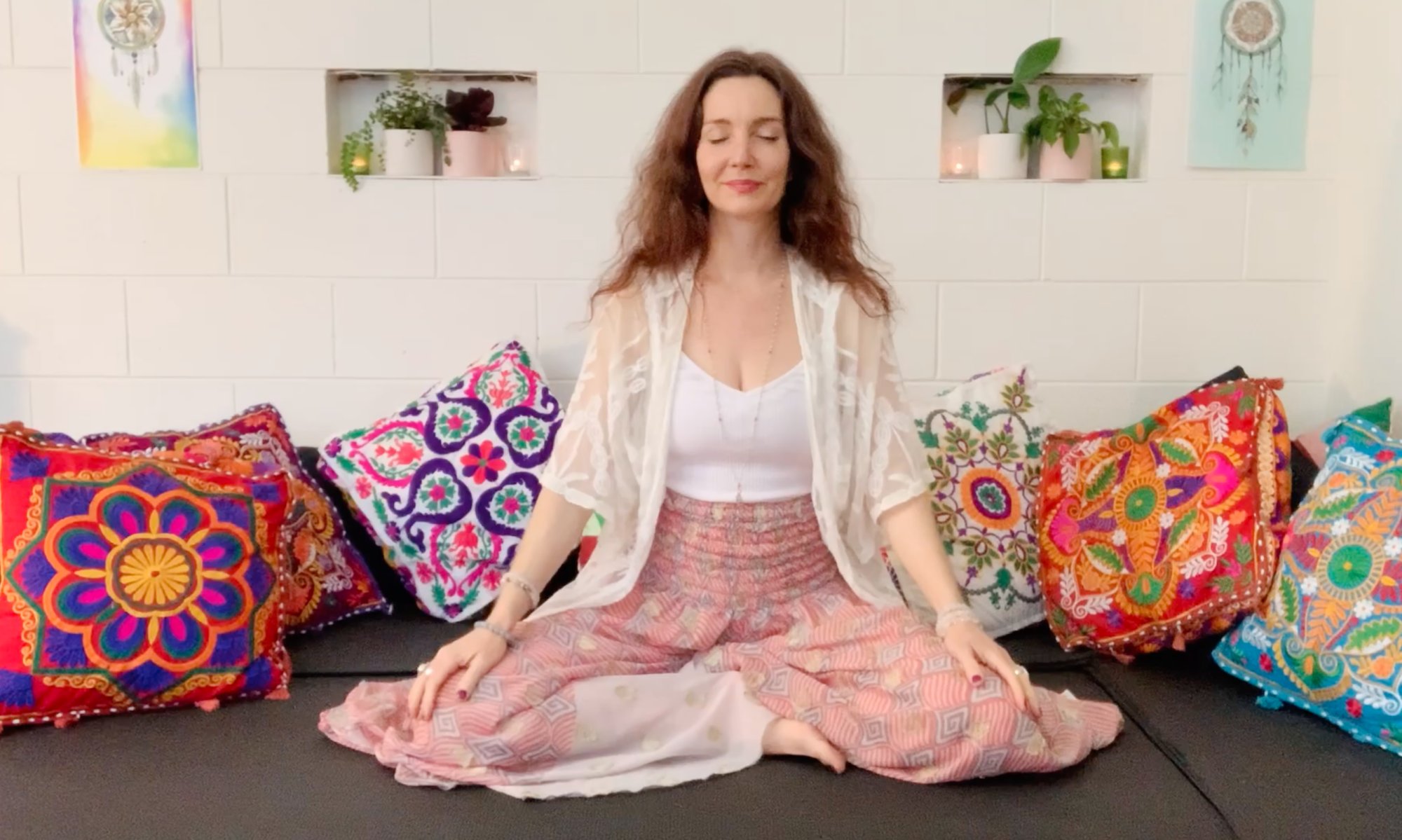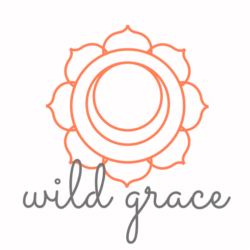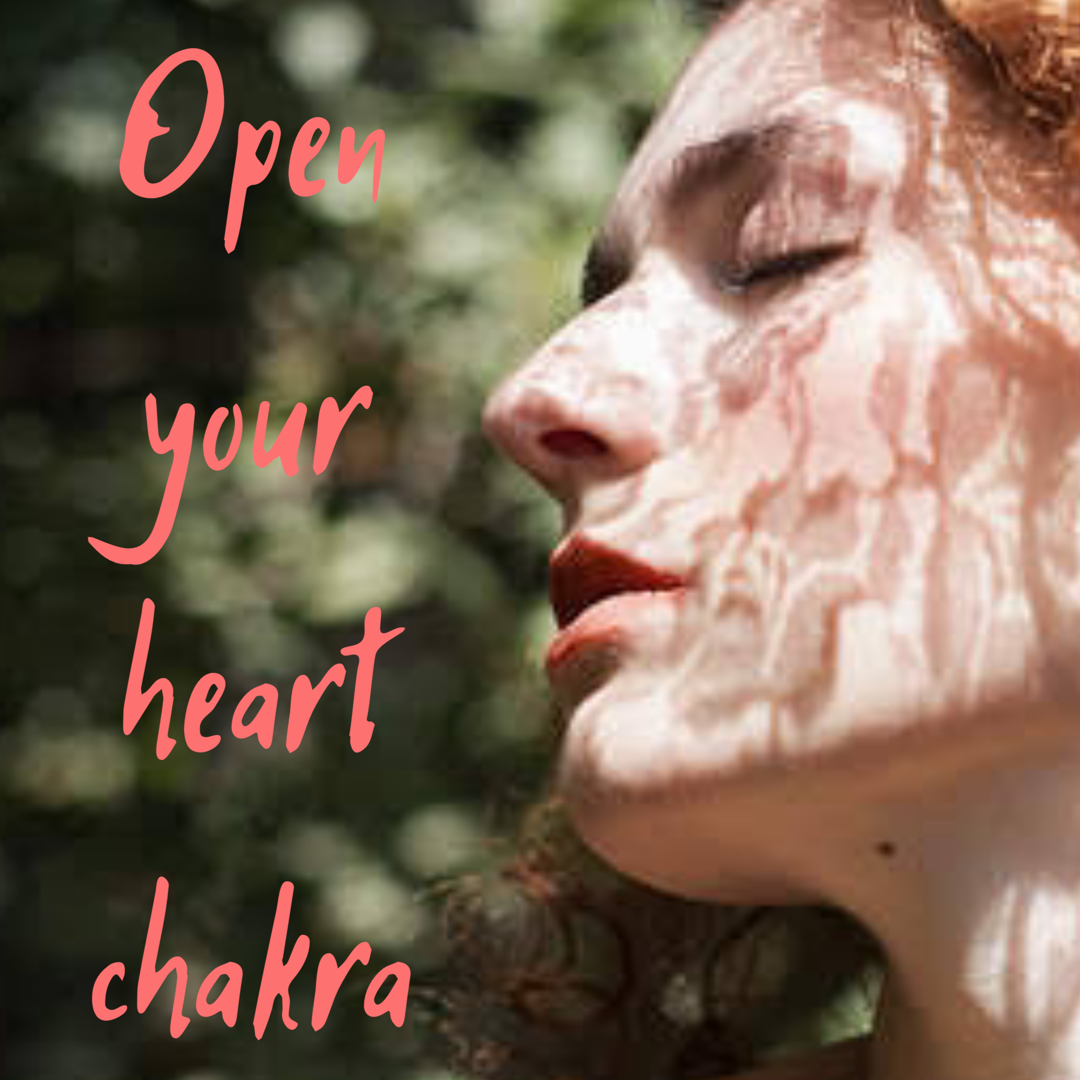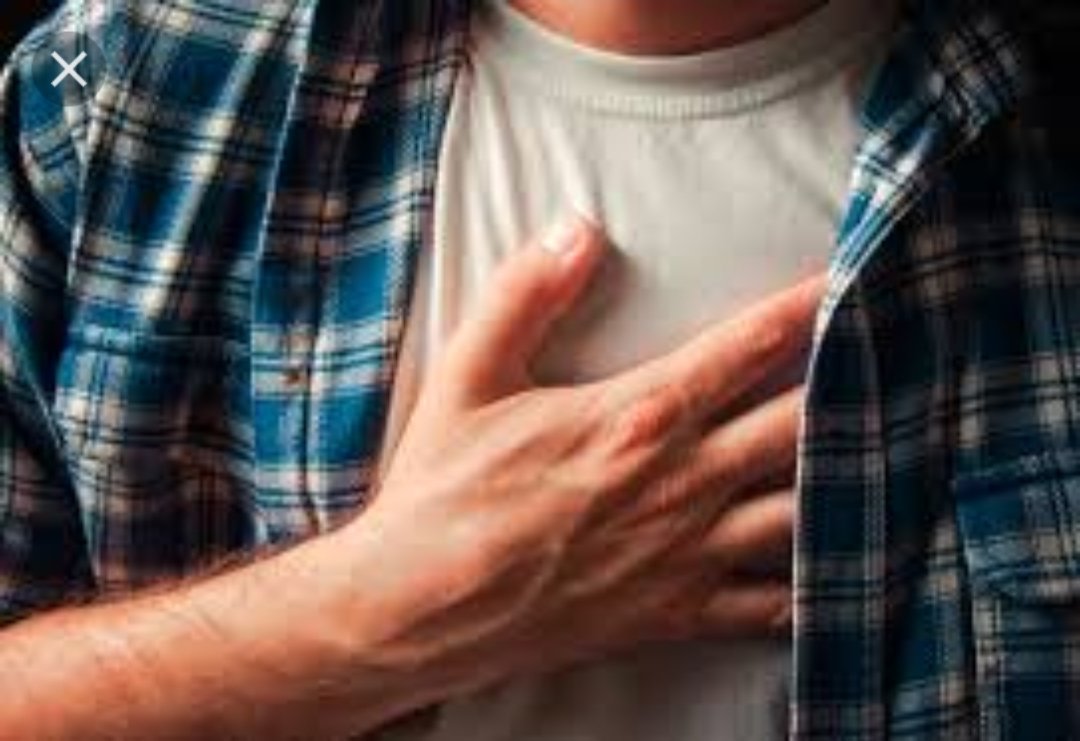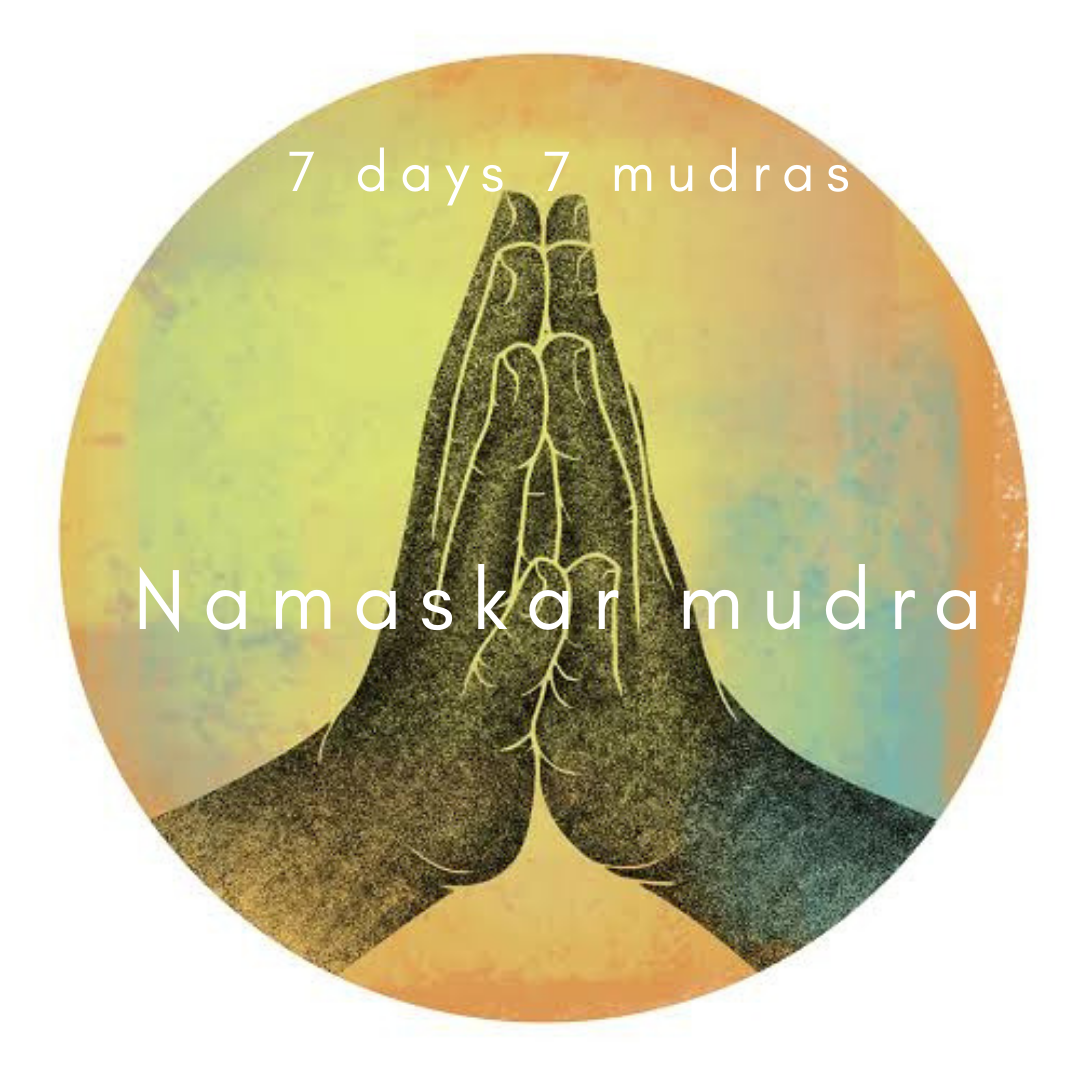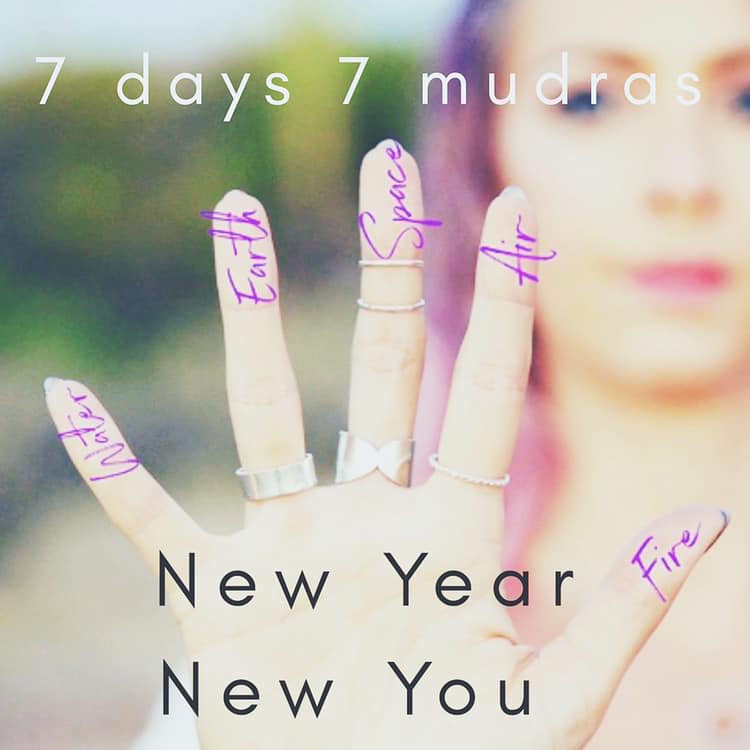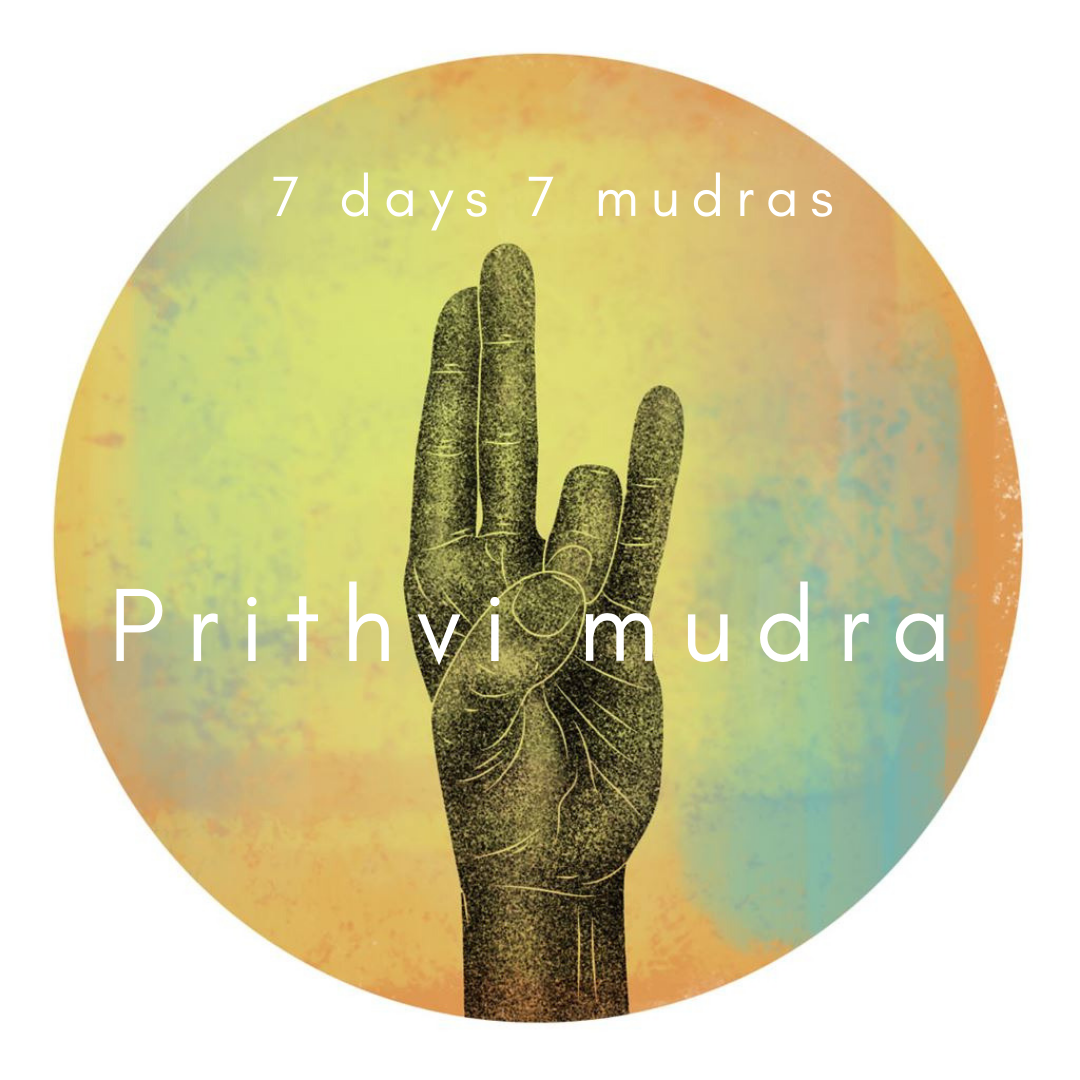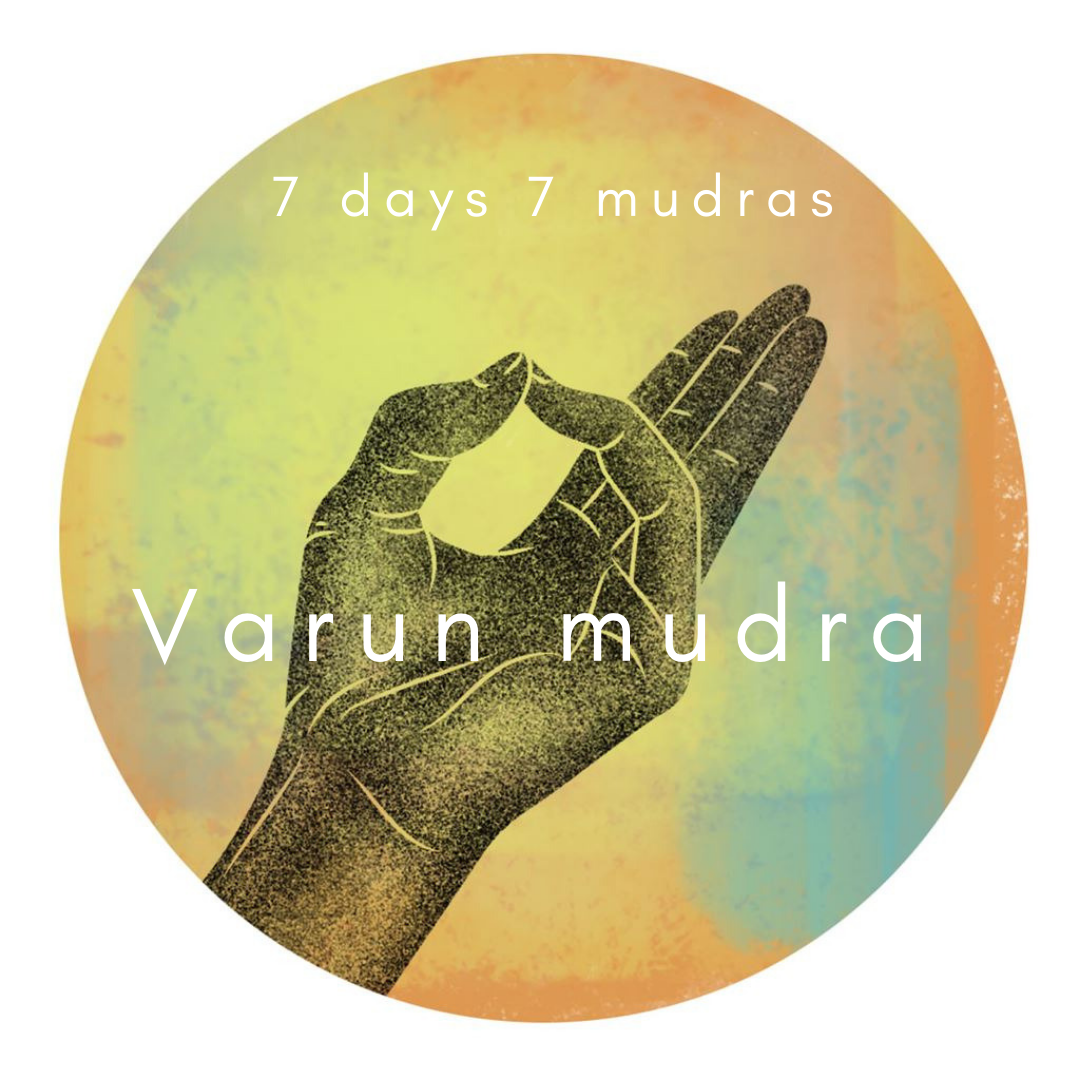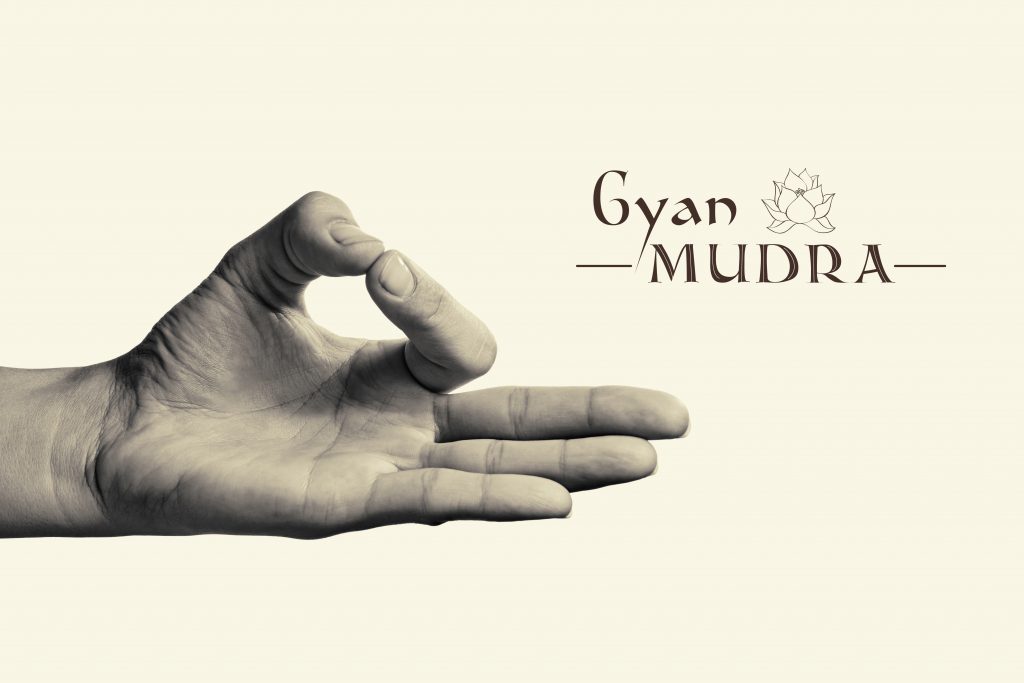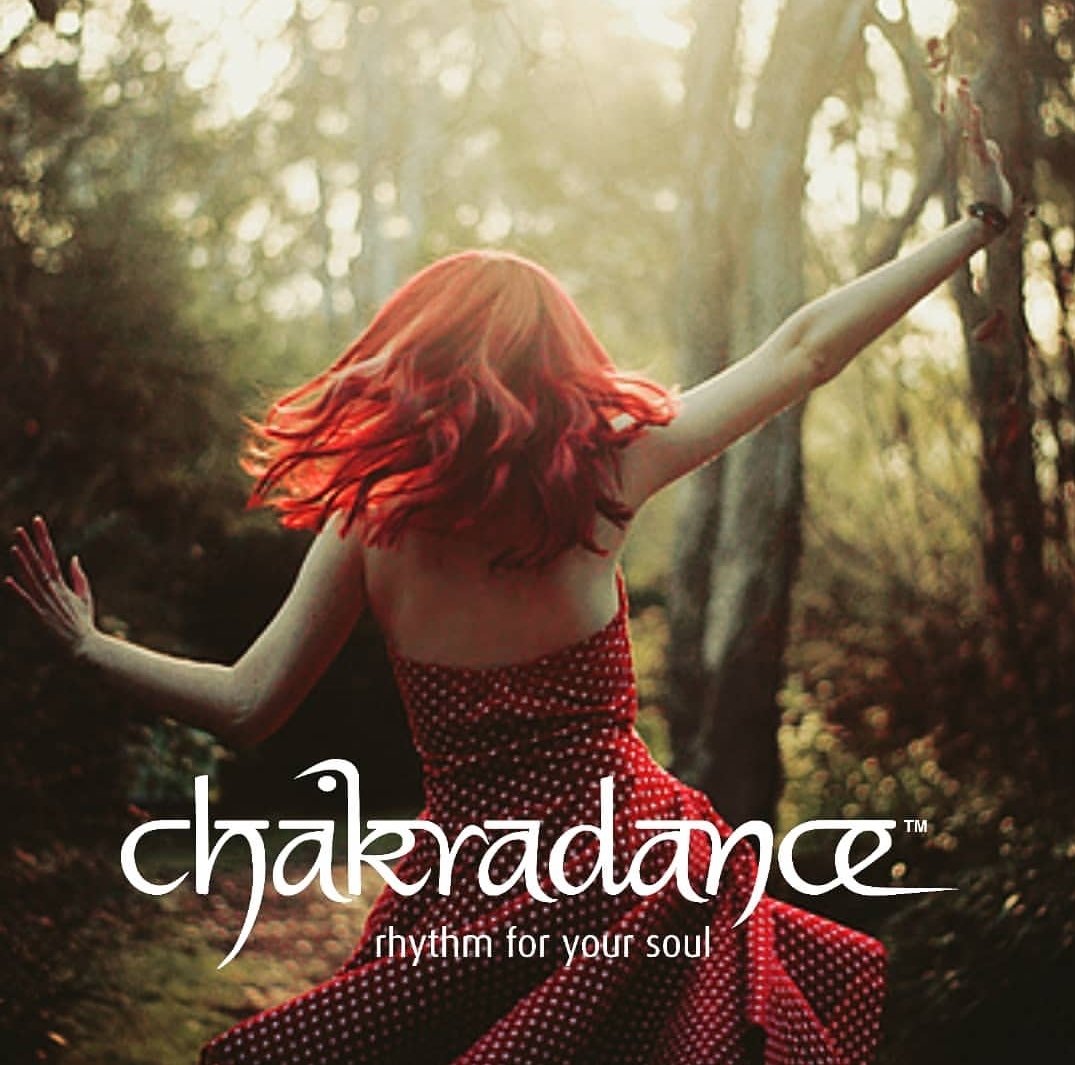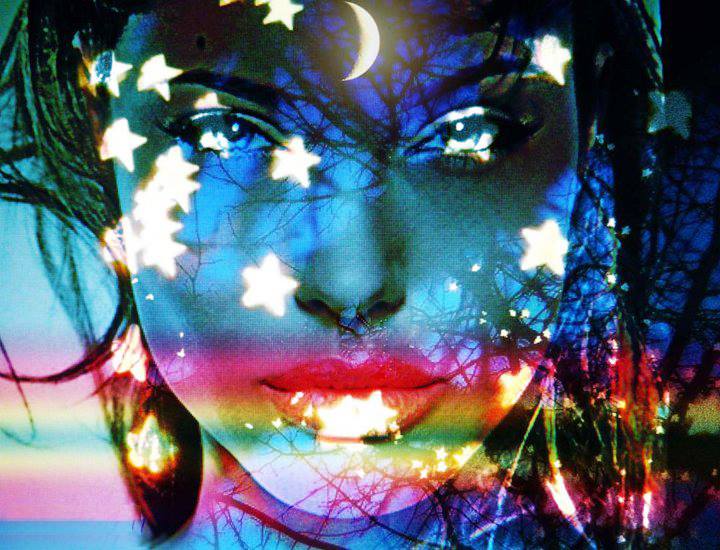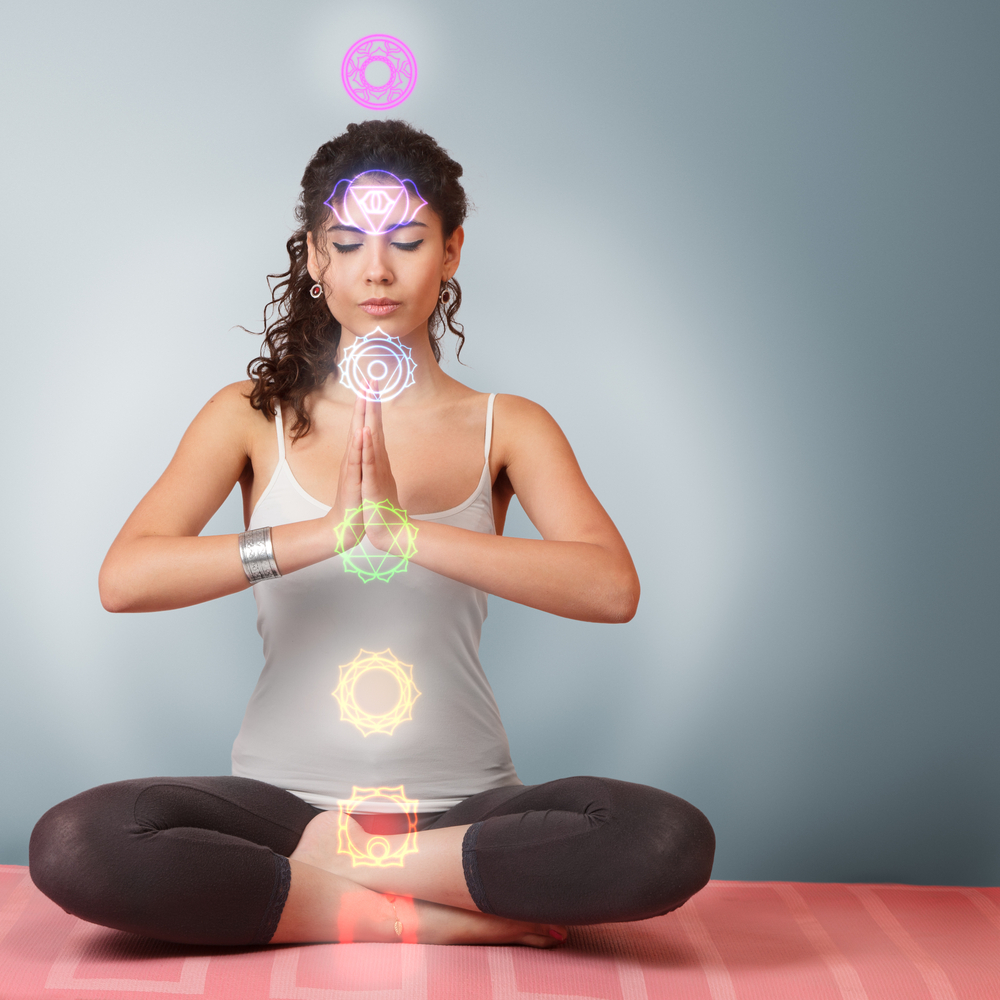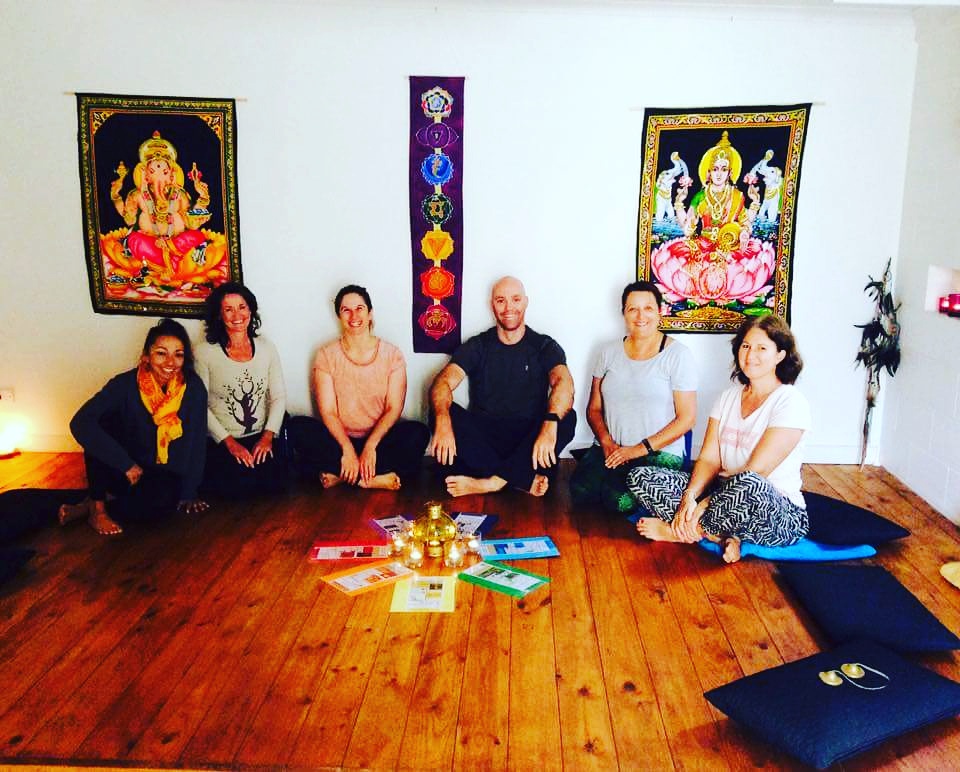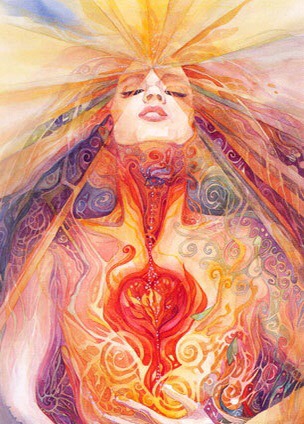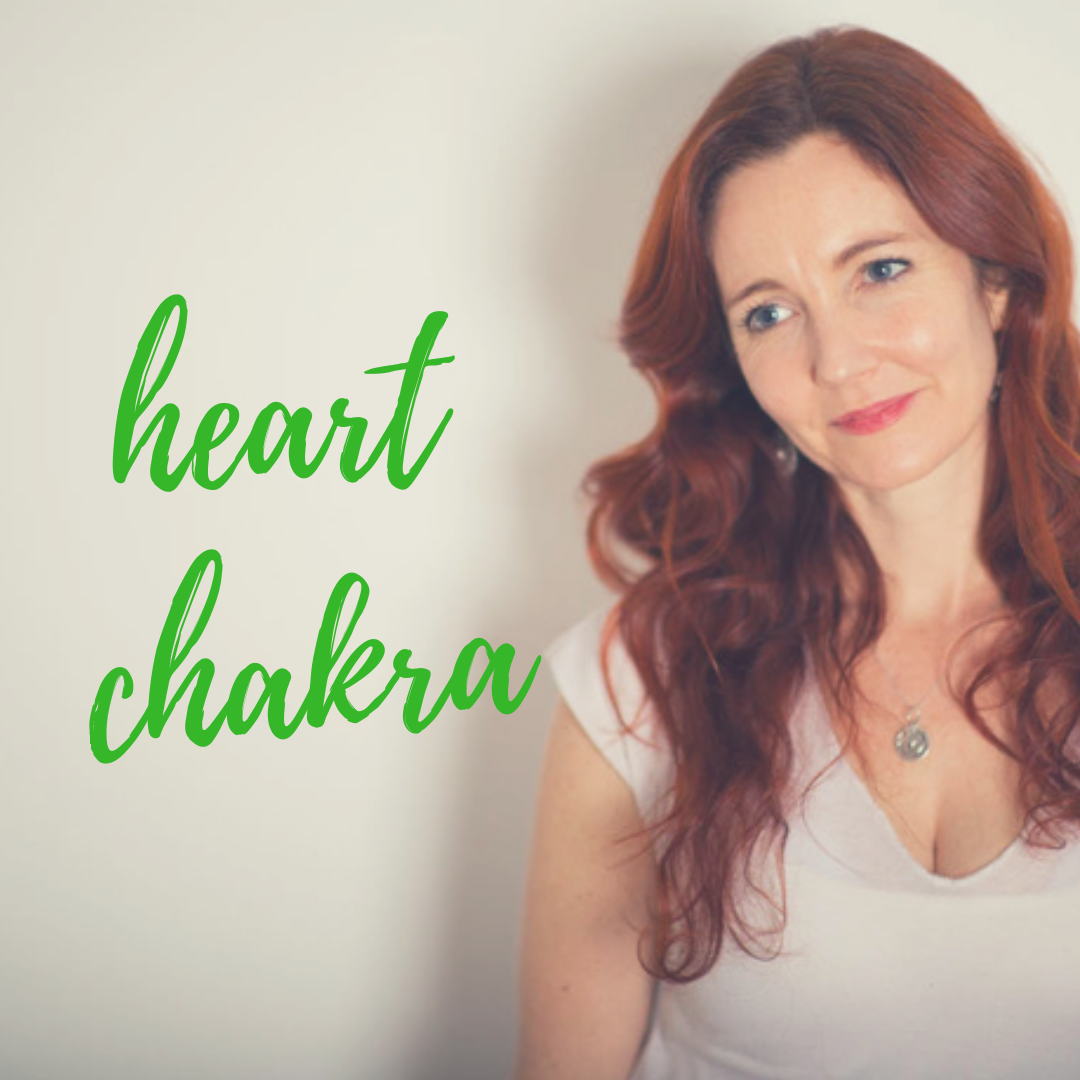“Close your eyes, fall in love, stay there.” Rumi
This week we journey into Anahata, the heart chakra. This is the chakra of love and compassion.
When the heart chakra is open, with a steady supply of prana or life force energy, we are able to walk through life with a strong spine and open heart. Walking with an open heart means walking through life with trust, loving kindness and generosity.
Throughout our lives, it is inevitable that we experience emotional pain. We experience the impermanent nature of life. We get hurt in relationships. This is part of the human journey.
These sufferings can cause us to shut down our hearts so that we don’t feel the pain. But when we close our hearts for protection, we also close our hearts to the flow of love, forgiveness and compassion.
The Sanskrit word for the heart chakra is अनाहत, Anāhata, meaning “un-struck.” This name conceptualises the idea that the heart is resonant, an ‘unstruck’ instrument resonating to the sounds of the celestial realm, a hint of the transcendent manifest in our own unique being.
Anahata also means unhurt and unbeaten. Which is a nice image for those feeling a little weary of heart.
“Love and compassion are necessities, not luxuries. Without them humanity cannot survive.” Dalai Lama
Movement, sound and breath are the keys for heart opening. Moving freely with my arms open, breathing deeply, expanding my chest and lungs, as I dance to harmonious music, always brings me back to my heart centre.
As Anahata is related to the element air, it is accessible through the breath.
Visualising breathing through your heart centre, imagining love-filled light entering your body via your heart is a wonderful heart-opening exercise.
In Chakradance, to dance the heart chakra is to move with lightness, joy and compassion.
In this dance we have the intention of gently beginning to let go of the hurts stored in our body so that we can open to pure love. The Heart Chakradance is like a ritual for healing your heart.
We begin with the ‘white light’ moving meditation, before moving into the dance. We will finish by creating a mandala artwork, and we’ll have a short time for feedback and sharing, before our closing meditation.
In Chakradance, we move the arms to feel uplifted, light and free, we dance a soaring journey of love, compassion and joy.
“Wheresoever you go, go with all your heart.” Confucius
Through your heart chakra, you have the choice to expand your consciousness through the power of love, openness and receptivity, or contract your consciousness through the power of fear.
The heart is so much more than the source of romantic love, many cultures believe the heart chakra is the seat of your soul in your body.
The heart is the ‘other’ mind of our body, the wisdom centre of the soul, and it is far more responsible for governing our lives and actions than we give it credit for.
Meditating on the heart chakra helps to shift from ego-based, fearful actions, or karma, to resonating with the energy of our higher self, and what yogis might call dharma or higher purpose.
“Is it not fascinating to you, that right now we are floating around on a tiny blue dot, surrounded by infinity in all directions. Nobody is totally, absolutely certain of how we are here and yet here we are. It is not fascinating to you, the amount of grace it takes for you to have a breath, this breath you just took? Don’t you think this is love? Then what is it that keeps us longing for it and not giving us the permission to experience it?” Anand Mehrotra
As long as energy is not available at the heart, we are not capable of a sustained experience of love.
It is important to realise that the heart is never “broken.” Emotional hurt and fear is stored in your lower two chakras. Through balancing your lower chakras, activating your navel intelligence, you free up so much energy to move up into your heart.
Here you can transcend existential angst, where you experience life as a painful struggle and build walls of protection around yourself.
As you balance the lower chakras, you experience stability, flow, steadfast will. Your energy can flow freely up into your heart. When emotion arises you can observe it, respond appropriately, you do not get hijacked by it.
Life becomes the flow of grace. Even pain has its purpose. You develop a deep and abiding trust in the flow of life.
Trust is highest expression of love. Trust is about you trusting yourself. Trusting yourself to experience life as it unfolds, without fear or grasping.
This is the purpose of yoga and subtle energy practices like Chakradance, to transcend these old patterns and emotional states into a more expansive experience of life.
Come and dance the Heart Chakradance Journey with us, and try Sattva Flow, a chakra-centred yoga practice, save your spot here
Hari om tat sat. Namaste. Blessings,
Christina
ॐ
Heart Sattva Yoga Flow this Friday 8 February
Heart Chakradance this Sunday 10 February
Upcoming events at Raw Mojo Chakradance here
